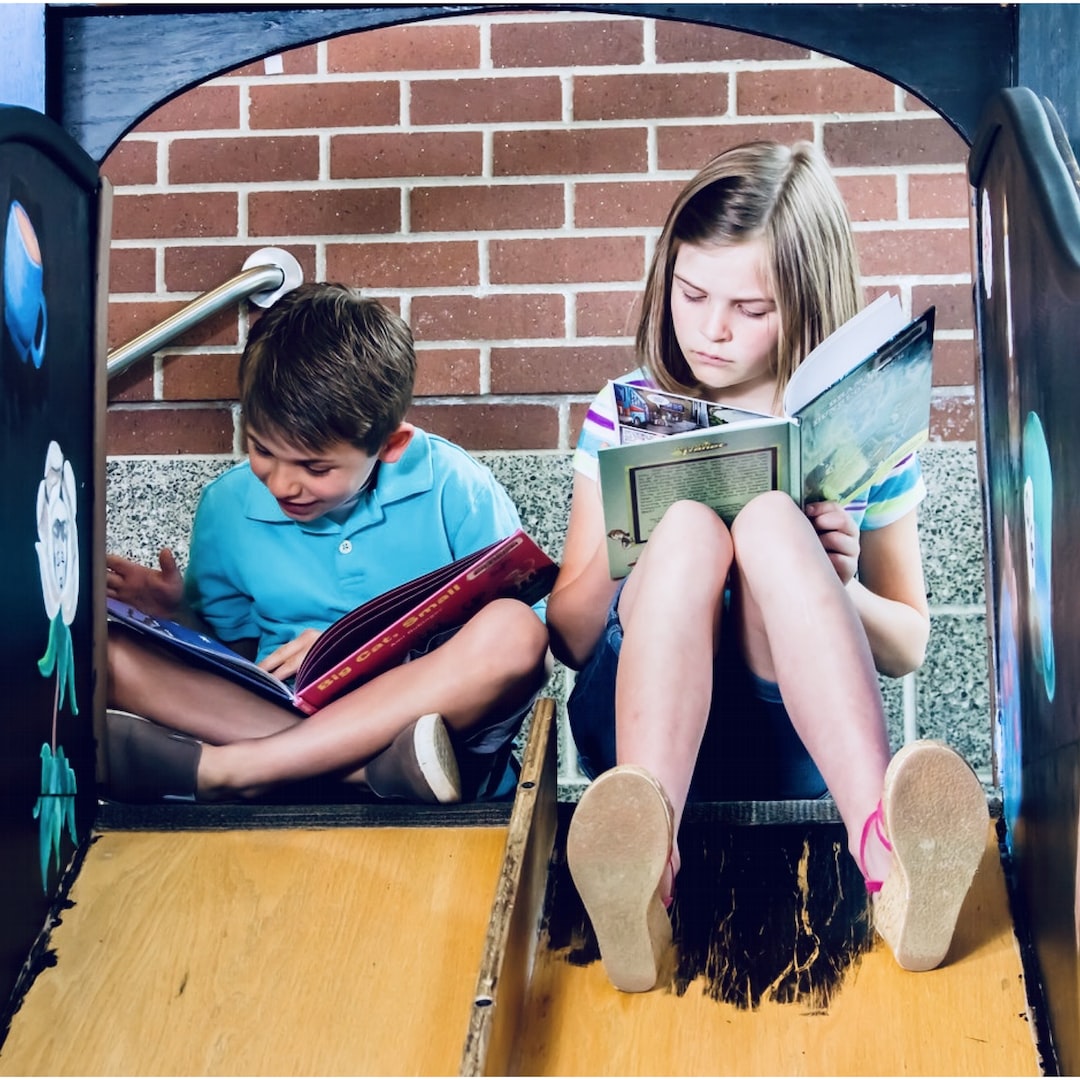Teaching Global Citizenship in the Classroom: Promoting Cultural Understanding
In today’s interconnected world, it is crucial for students to develop a global mindset and to understand their role as global citizens. As educators, we have a responsibility to expose our students to diverse cultures, beliefs, and perspectives. By teaching global citizenship in the classroom, we can foster cultural understanding and create a more inclusive society.
One of the most effective ways to promote cultural understanding is by incorporating international topics into the curriculum. By teaching students about different countries, languages, and customs, we can break down stereotypes and foster a sense of curiosity and respect for other cultures. For example, a social studies class could explore the history and culture of various countries, helping students to understand the complexities and diversity of the world we live in.
Another key aspect of teaching global citizenship is facilitating dialogue and encouraging students to share their own cultural experiences. By creating a safe and inclusive classroom environment, students can learn from one another and develop empathy for different perspectives. Assignments and discussions that focus on personal stories and experiences can be particularly powerful in fostering cultural understanding. By creating opportunities for students to share and reflect on their own cultural heritage, we can celebrate diversity and promote inclusivity in the classroom.
It is also important to integrate technology and media into global citizenship education. With the advent of social media and the internet, students have access to a wealth of information about different cultures and countries. By incorporating multimedia tools into the curriculum, teachers can engage students in interactive and immersive learning experiences. Virtual field trips, Skype sessions with students from other countries, and online cultural exchanges are just some of the ways in which technology can be used to foster cultural understanding.
Beyond the classroom, schools can also promote cultural understanding through community engagement and partnerships. By organizing events and activities that celebrate diversity, schools can create spaces for students to explore and appreciate different cultures. Guest speakers, cultural festivals, and service-learning projects can all contribute to a sense of global citizenship. Furthermore, partnering with local organizations and community groups can provide students with opportunities to engage with global issues and take action in their own communities.
Ultimately, teaching global citizenship is not just about acquiring knowledge about other cultures, but also about developing the skills to be an effective global citizen. Critical thinking, empathy, and understanding are just some of the skills that can be cultivated through global citizenship education. By teaching students how to engage with different perspectives and solve global problems, we can empower them to become active contributors to a more just and inclusive world.
In conclusion, teaching global citizenship in the classroom is essential for promoting cultural understanding and fostering a sense of empathy and respect for other cultures. By incorporating international topics into the curriculum, facilitating dialogue among students, utilizing technology and media, and engaging with the community, we can equip our students with the knowledge, skills, and mindset to become effective global citizens. By doing so, we are not only preparing them for success in an increasingly interconnected world but also working towards a more inclusive and harmonious society.


